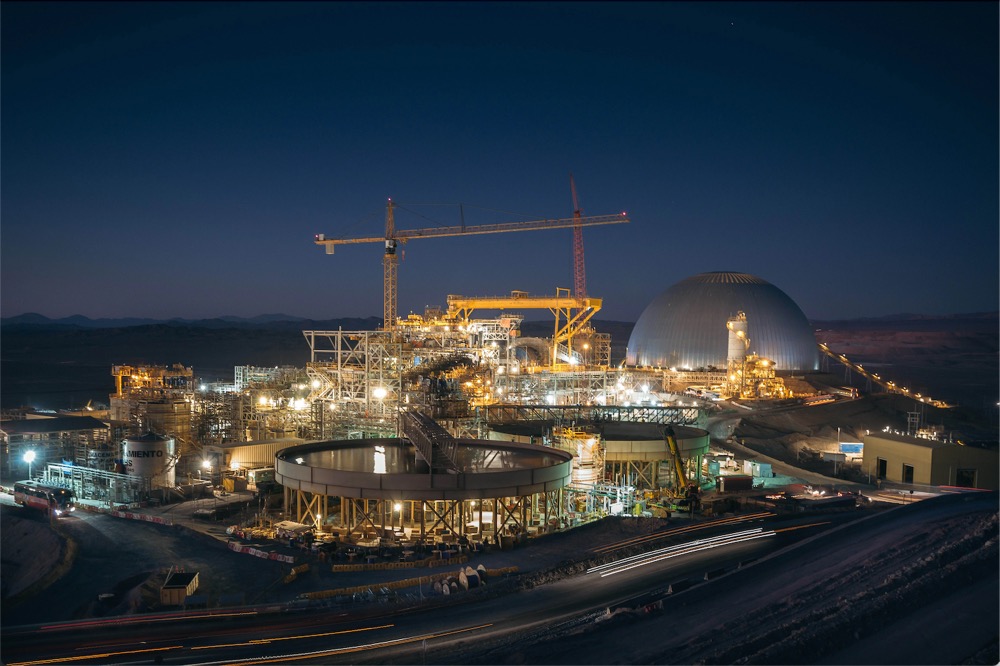BHP sees copper market “take-off” by mid-2020s “if not earlier”

Coinciding supply spike
Additional tonnage from new projects and expansion in central Africa, Peru, Chile and Mongolia coming on stream through 2024 will keep the market well-supplied, said BHP, the world’s number one mining company by revenue.
BHP’s own guidance is for a 4% to 16% increase in company production of copper over the next 12 months and the Melbourne-based company said rising primary supply is set to “coincide” with greater levels of scrap “supported by the increasing size of the end–of–life pool in China”.
However, from the mid-to-late 2020s prospects are significantly better according to Huw McKay, Vice President, Market Analysis & Economics. That is due to what BHP calls the “electrification mega-trend:
“A “take–off” of demand from copper–intensive easier–to–abate sectors (renewable power generation, the electrification of light duty transport, and the infrastructure that supports them both) is expected to be a key feature of industry dynamics from the second half of the 2020s forward: if not earlier.
“Rapid growth in renewable power generation and EVs in China are already making a material contribution to growth, at the margin.”
Timid response
Further out, BHP sees a number of factors supporting elevated copper prices including “grade decline, resource depletion, water constraints, the increased depth and complexity of known development options and a scarcity of high–quality future development opportunities”:
“It is notable that while there has been some activity in the project space, the response has been timid when you consider both the very strong prices we have observed and copper’s future–facing halo effect.
“That underscores the idea that the collective option set of the industry is constrained. It may also reflect policy and political uncertainty, with both Chile and Peru (together about two–fifths of world mine supply and one–third of reserves) presenting a fluid regulatory picture to would–be explorers, project developers and asset owners.”
Capex disconnect
BHP also points to a “very substantial disconnect” in the market when it comes to demand expectations and capital spending.
The company’s internal estimates show that in a plausible upside case for demand, the cumulative industry wide capex bill out to 2030 could reach $250 billion.
But the report also draws attention to data compiled by analysts at S&P Global, which sees total outlays in 2024 for majority copper producers among the 80 largest miners (excluding diversified miners) roughly half of the peak spending levels of calendar 2014.
Grade decline, depletion
BHP estimates that grade decline could remove approximately –2 million tonnes per annum of mine supply by 2030, with resource depletion potentially removing an additional –1½ and –2¼ million tonnes per year by this date depending on, among other things, price expectations and the regulatory environment at the time decisions about extending a mine life are made.
“Our view is that the price setting marginal tonne a decade hence will come from either a lower grade brownfield expansion in a lower risk jurisdiction, or a higher grade greenfield in a higher risk jurisdiction.
“Neither source of metal is likely to come cheaply.”




